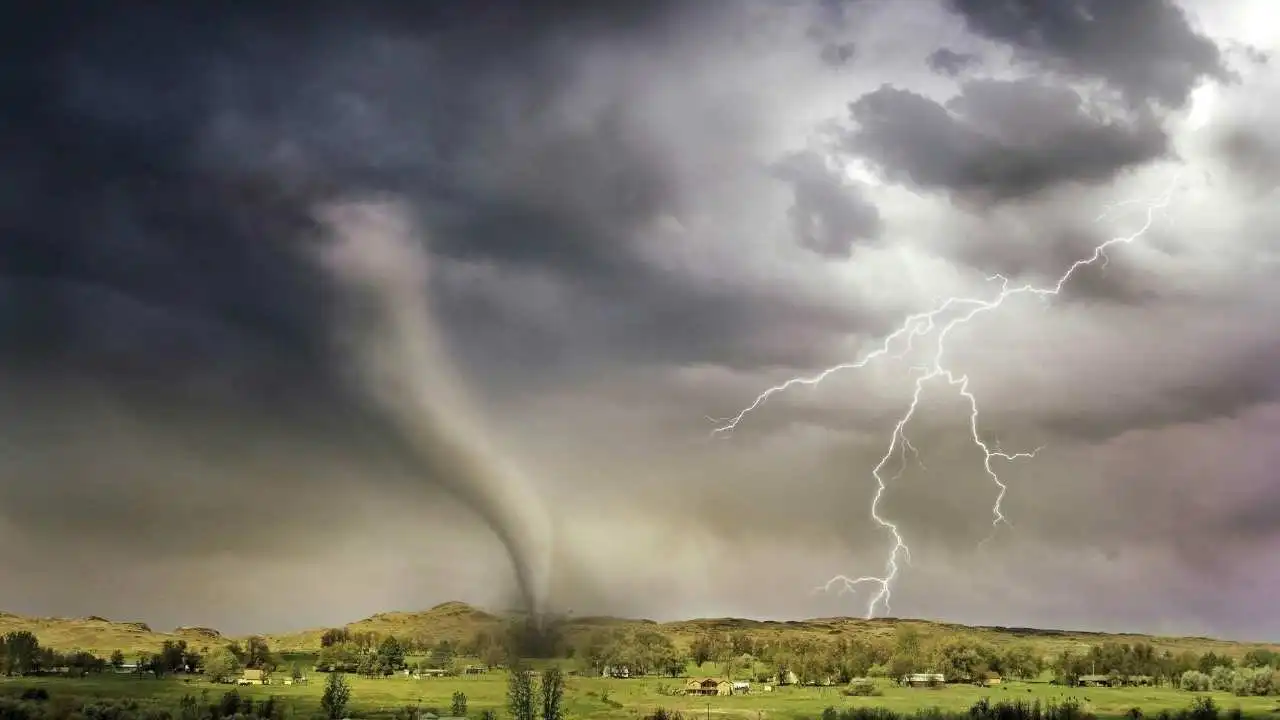One of Toronto’s oldest elm trees is on its last legs. Researchers are racing to re-grow copies

One of the largest old elm trees in Toronto, possibly in all of southern Ontario, is facing its final days. The city has finalized plans to take down the Barton Street landmark next week. However, University of Toronto tree expert Eric Davies is determined to ensure that the tree will continue to live on.
Davies, a forestry ecologist at the University of Toronto, visited the tree earlier this week to record its size and gather its seeds. These seeds will be used to re-grow a copy of the tree in the future as part of the city’s Tree Seed Diversity Program (TSDP). The tree stands at an impressive height of 40 meters and has a circumference of 5.5 meters.
Residents of the Seaton Village neighborhood, where the tree is located, have noticed that the old American elm remained barren this spring while younger nearby trees were flourishing. Thirteen-year-old Ethan Tantram, who passes the tree every day on his way to school, expressed his sadness at the tree’s decline. He used his drone to get a closer look at the tree’s branches and alerted the city to its deteriorating condition.
City staff have tried to determine the cause of the tree’s decline, but lab results have been inconclusive. The decision to remove the tree was made to prevent any potential hazards, as dead branches are more prone to breakage.
Davies, who is recognized as a seed gatherer for the seed diversity program, plans to be present when the tree is brought down next week. He believes that the tree has a high-quality gene stock and is important both ecologically and culturally.
Local artist Jode Roberts, who lives near the tree, has created a heritage plaque to commemorate its significance. He hopes that by saving the tree’s seeds, new majestic elms can be grown in the future.
Once Davies has gathered the elm’s seeds, they will be distributed to participating nurseries in the Greater Toronto Area. After four to seven years of maturation, the new elm trees will be planted in one of the city’s parks or ravines.
Davies and his team of U of T students are working on mapping the city’s largest and oldest native tree species. They aim to aid in the regeneration of native trees, which are vastly outnumbered in Toronto by invasive species.
Sam Sedgwick, a U of T master’s student studying forest conservation, described the Barton Street elm as the most impressive tree he has seen. He emphasized the importance of preserving the tree’s genetics to ensure its resilience for future generations.
The passing of the Barton Street elm will be a significant loss for the neighborhood, but the efforts to save its seeds for regrowth give hope for the future of majestic elms in Toronto.




